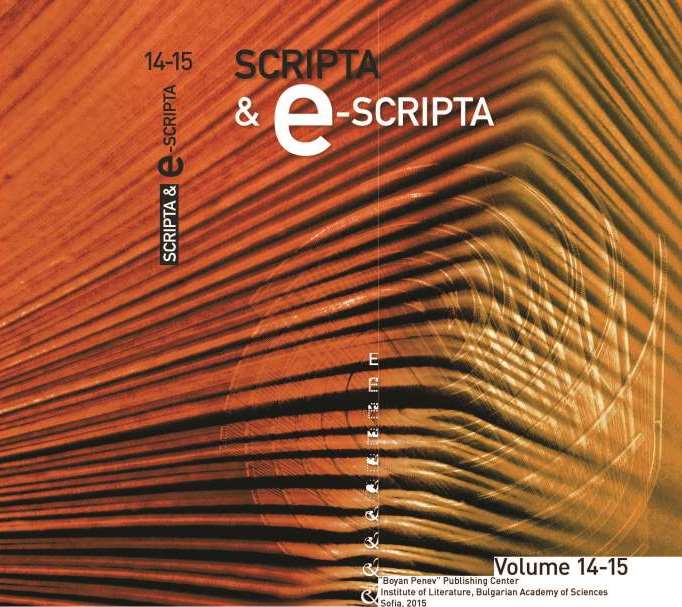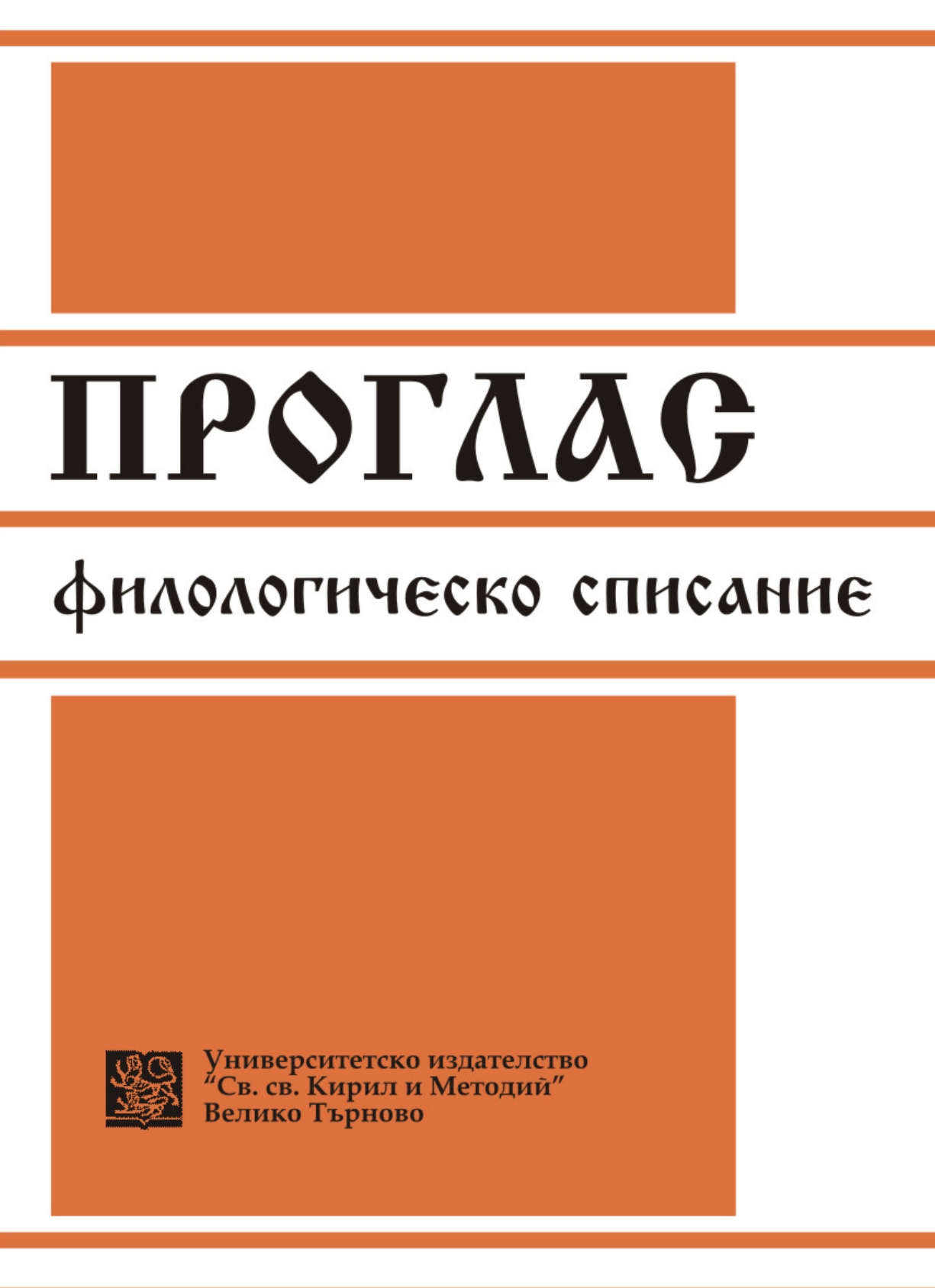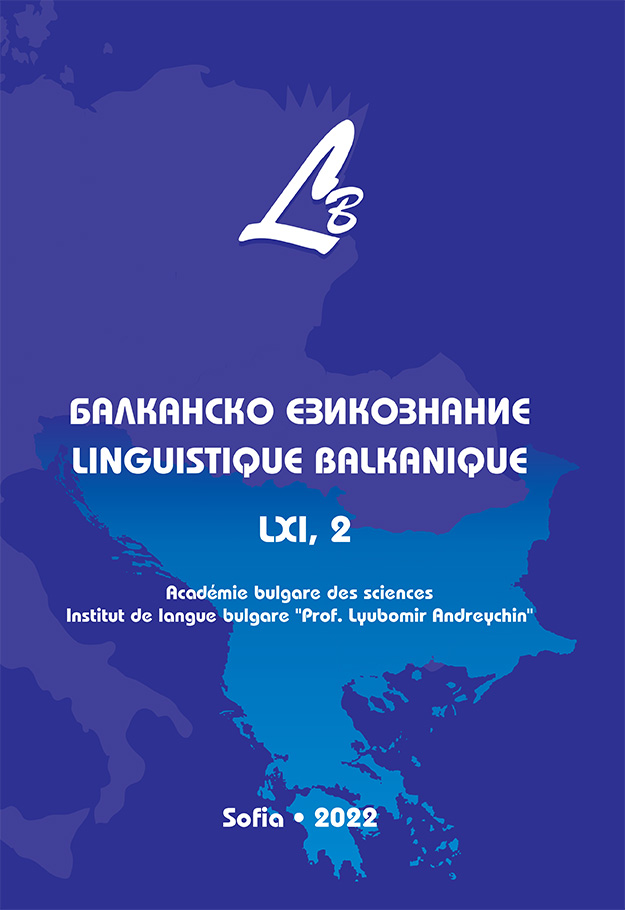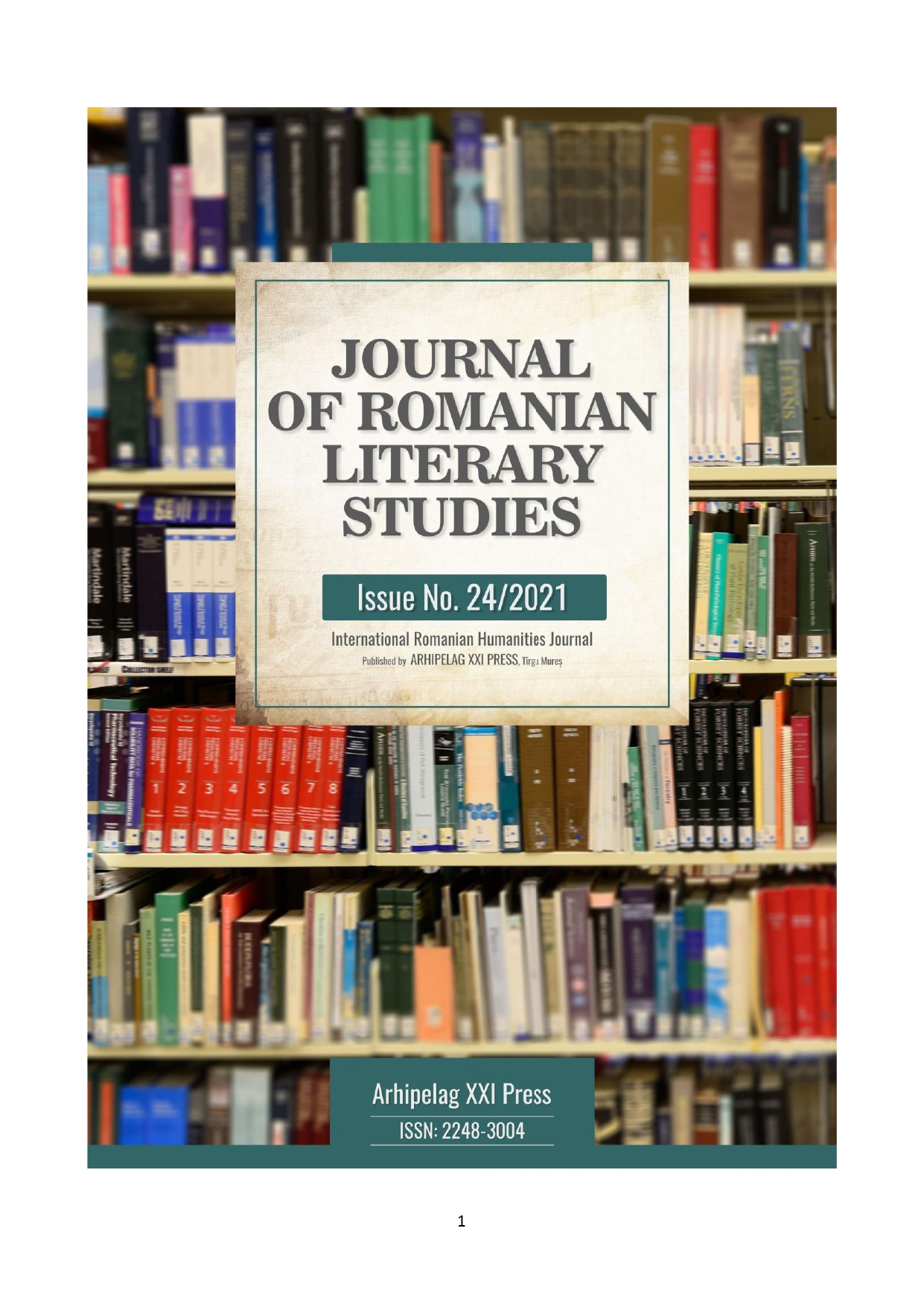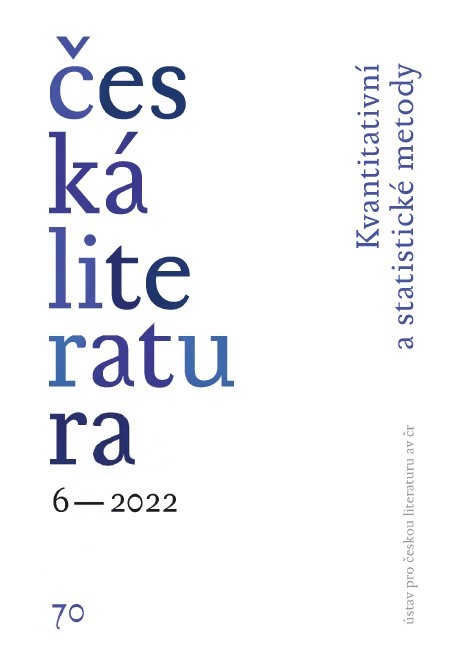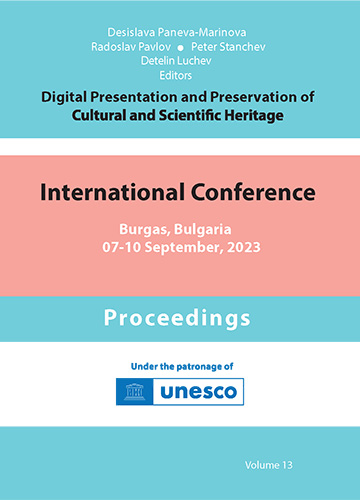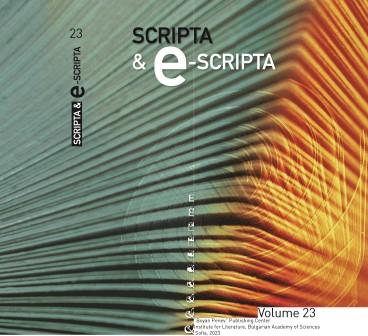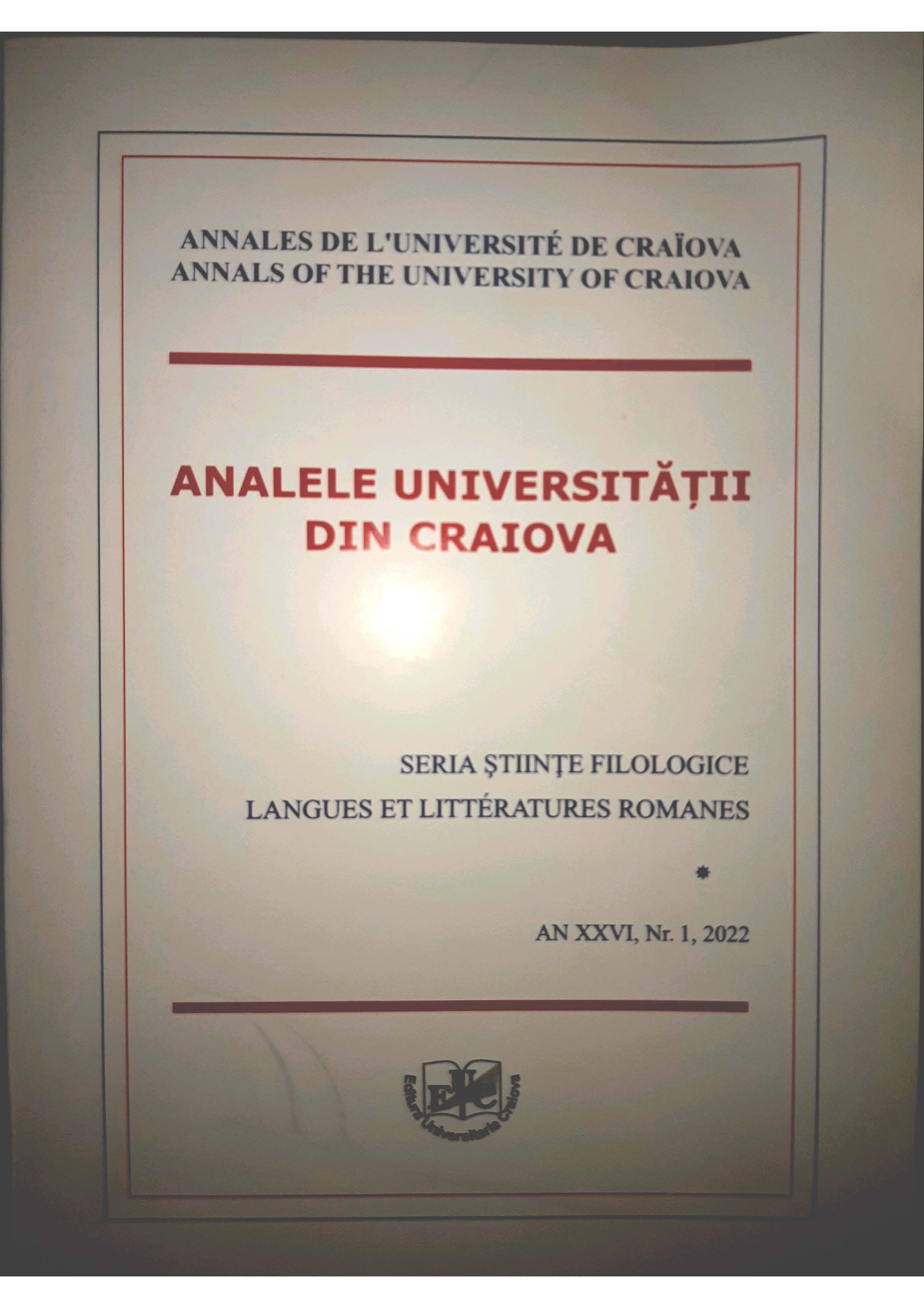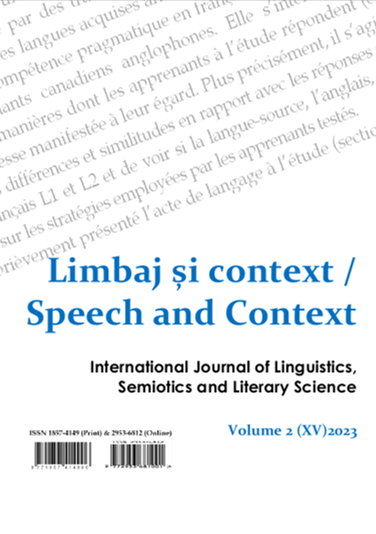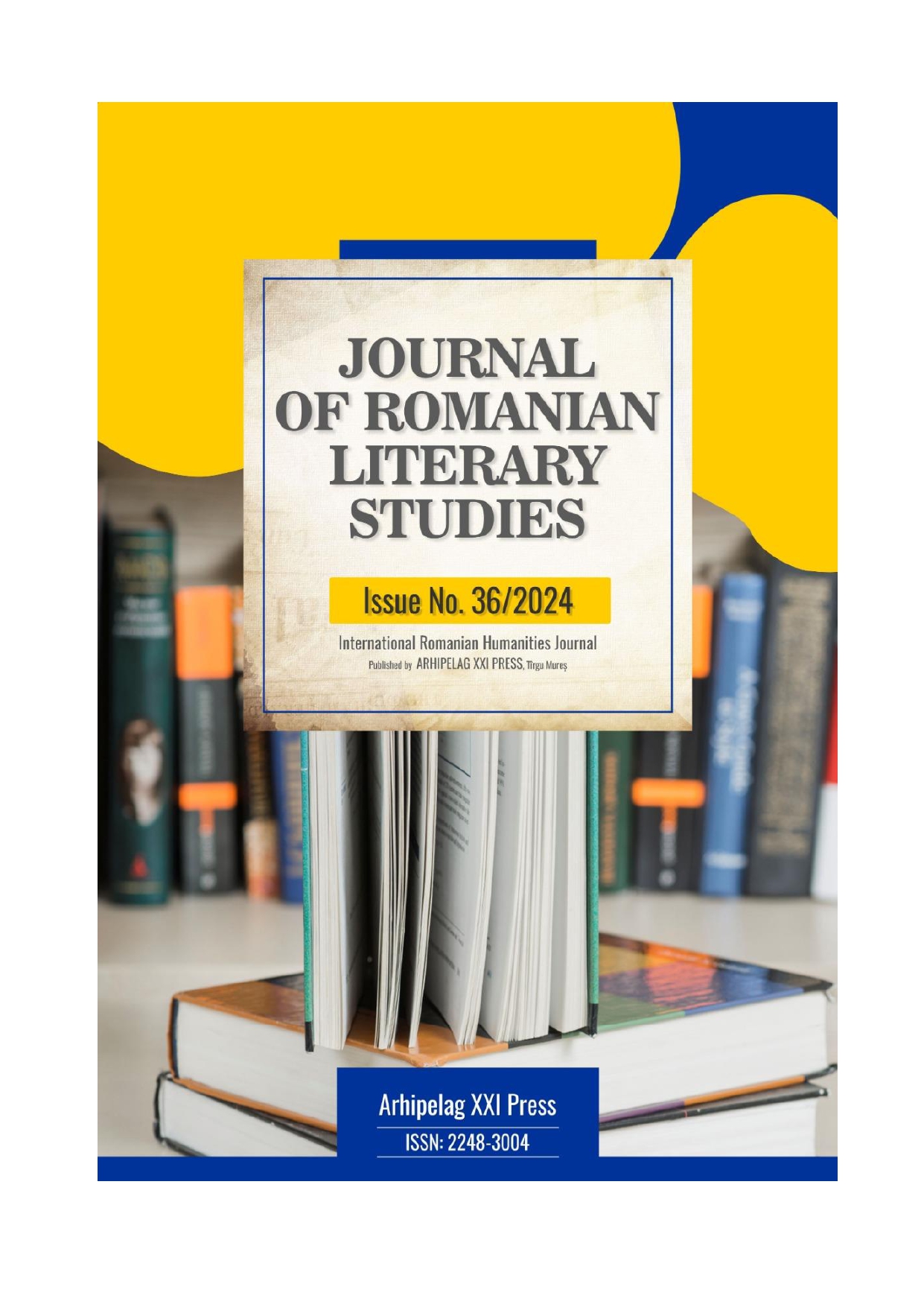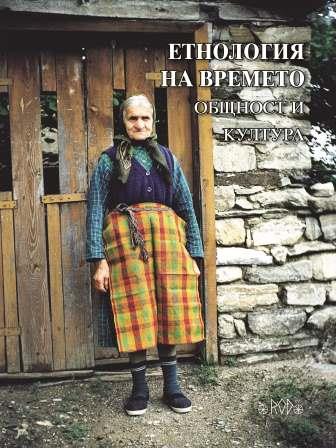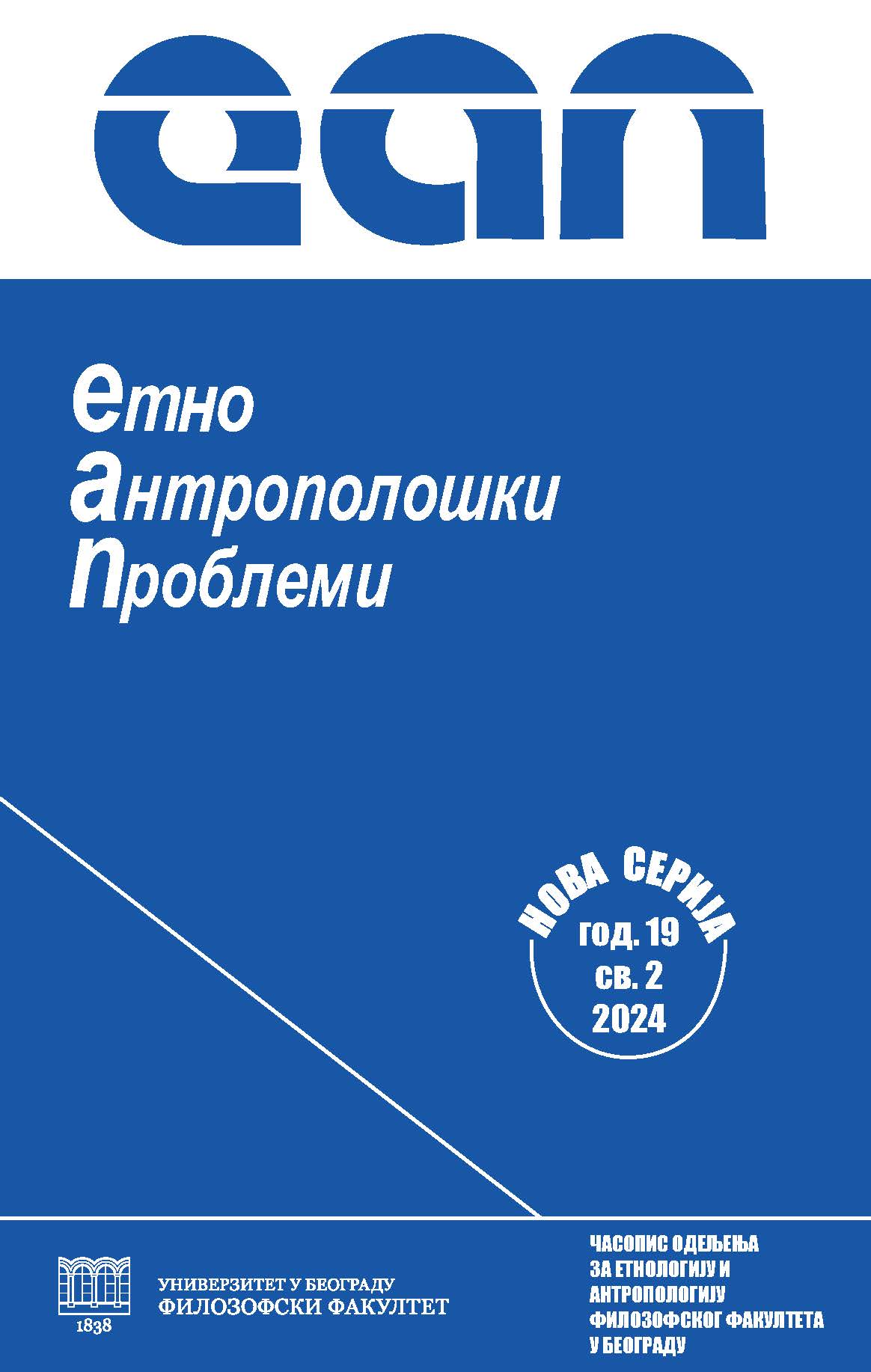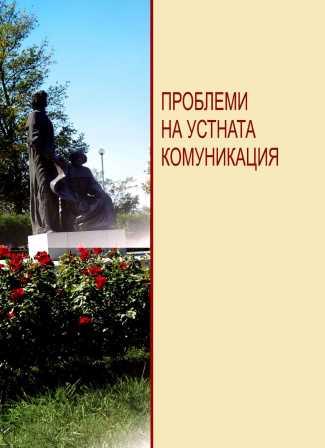Author(s): Victor A. Baranov,Roman M. Gnutikov,Maria Olegovna Novak / Language(s): Russian
Issue: 23/2023
The article discusses theoretical and practical issues of creating tools for demonstrating medieval Slavonic text corpus at the “Manuscript” website (http:// manuscripts.ru/). The specific features of the historical corpus and its sources are: the limited number of manuscripts, variability of medieval graphics and orthography, complex structure, and composition of original documents. They require special instruments and techniques for data preparation (information about a text and its physical media, analytical tagging of fragments, variability, and other), and visualization of data sampling, including texts. The article focuses on the ways of solving two opposite tasks: the texts’ demonstration in a form as close as possible to the original and their simplified form, and, consequently, the possibilities of their transformation. The first task should be solved by preparing a transcription via a specialized editing tool, which interacts with the full-text database with a complete set of required characters, text formatting, and make-up to fit the original page. To solve the second problem, analytical tagging (chapters and verses, authors of texts, structure of manuscript, main text and marginalia, and so forth) and linguistic tagging (including lemmatization) are performed to make data search and data transformation available when displayed. The latter allows users to see a text in modern Cyrillic or Latin, syllables, meaning of analytical fragments, links between the main text and its marginalia, and so forth. The ability to data search based on deep tagging and the digital edition (LIM, MS 37, 13th c., 291 f.) which has been included in the “Manuscript” historical corpus (http://manuscripts.ru/mns/main?P_TEXT=94065041&p_lang=EN).
More...
